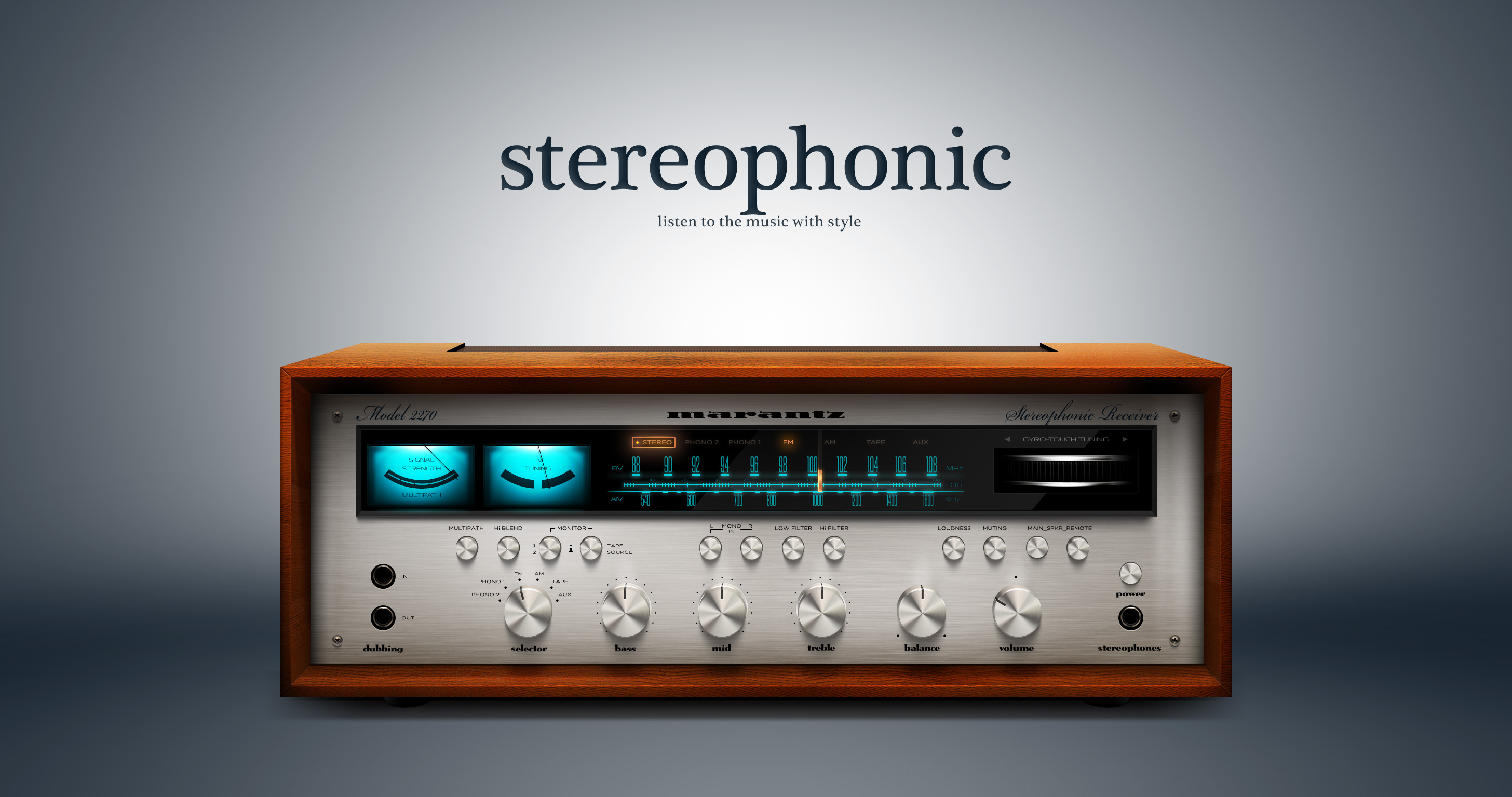Historical Origins and Development of Stereophonic Sound

Stereophonic sound, commonly known as stereo, is a method of sound reproduction that creates a three-dimensional sound field. It utilizes two or more loudspeakers to reproduce sound that simulates the natural hearing experience.
The concept of stereophony emerged in the early 19th century with the invention of the stereoscope, a device that presented two slightly different images to each eye, creating an illusion of depth. The same principle was later applied to sound, leading to the development of stereophonic sound systems.
Pioneers and Key Milestones, Stereophonic
One of the early pioneers of stereophonic sound was Alan Blumlein, a British engineer who patented a binaural recording system in 1931. This system used two microphones placed at the ears of a dummy head to create a realistic binaural recording. Other notable figures in the development of stereo technology include Harvey Fletcher, James West, and Edgar Villchur.
In 1958, the first commercial stereo record was released by Audio Fidelity Records. This marked a significant milestone in the adoption of stereo sound by the general public. The widespread availability of stereo recordings led to the development of dedicated stereo playback systems, including stereo amplifiers and speakers.
Techniques for Creating Stereophonic Recordings
There are several techniques used to create stereophonic recordings. One common technique is the “spaced pair” method, which involves placing two microphones at a distance from each other. The sound captured by each microphone is then recorded on separate channels, creating a stereo image with varying degrees of localization.
Another technique is the “coincident pair” method, which uses two microphones placed close together, typically in a single housing. This method produces a more focused stereo image with less localization.
Other techniques for creating stereophonic recordings include the “near-coincident pair” method, the “ORTF” method, and the “Decca tree” method. Each technique offers unique characteristics and is suitable for different recording applications.
Components of a Stereophonic System
A stereophonic system is a sound reproduction system that creates the illusion of sound coming from different directions. It typically consists of two or more loudspeakers, an amplifier, and a source of sound.
Loudspeakers
Loudspeakers are the transducers that convert electrical signals into sound waves. In a stereo system, each loudspeaker is responsible for reproducing sound from a different channel. The loudspeakers are typically placed at opposite sides of the listening area, creating a stereo sound field.
Amplifier
The amplifier is responsible for providing the power to drive the loudspeakers. It takes the low-level electrical signals from the source and amplifies them to a level that can drive the loudspeakers.
Source
The source of sound can be any device that produces an electrical signal, such as a CD player, turntable, or streaming service. The source provides the electrical signal that is amplified by the amplifier and sent to the loudspeakers.
Speaker Configurations
There are different types of speaker configurations used in stereo systems. The most common configuration is the two-channel stereo system, which uses two loudspeakers, one for each channel. Other configurations include the three-channel stereo system, which uses three loudspeakers, and the four-channel stereo system, which uses four loudspeakers.
Applications and Benefits of Stereophonic Sound

Stereophonic sound has found widespread applications in various fields, including music, film, and broadcasting. It offers several advantages over monaural sound, such as creating a more immersive and realistic listening experience.
Applications in Music
- Stereophonic sound allows musicians to create a wider and more realistic soundstage, placing instruments and vocals in specific locations within the stereo field.
- It enhances the separation of instruments and vocals, making it easier for listeners to distinguish different elements in a musical arrangement.
- Stereophonic sound can create a more immersive and engaging listening experience, especially when combined with headphones.
Applications in Film
- Stereophonic sound is used in films to create a more realistic and immersive soundscape.
- It allows filmmakers to place sounds in specific locations within the soundstage, enhancing the sense of realism and spatial awareness.
- Stereophonic sound can also be used to create a more emotional and impactful experience for viewers.
Applications in Broadcasting
- Stereophonic sound is used in broadcasting to provide a more immersive and engaging listening experience for radio listeners.
- It allows broadcasters to create a wider soundstage, making it easier for listeners to distinguish different elements in a broadcast.
- Stereophonic sound can also be used to create a more realistic and immersive atmosphere for live events.
Advantages of Stereophonic Sound
- Improved spatial awareness: Stereophonic sound allows listeners to perceive the direction and location of sound sources more accurately.
- Enhanced immersion: Stereophonic sound creates a more immersive and realistic listening experience, making it easier for listeners to feel like they are part of the performance or scene.
- Increased emotional impact: Stereophonic sound can enhance the emotional impact of music and film by creating a more realistic and engaging soundscape.
Disadvantages of Stereophonic Sound
- Technical complexity: Stereophonic sound systems require more technical expertise and equipment to set up and operate than monaural sound systems.
- Cost: Stereophonic sound systems can be more expensive to purchase and maintain than monaural sound systems.
- Compatibility issues: Stereophonic sound may not be compatible with all playback devices, especially older or portable devices.